50 Vs. 52 Degree Wedge: Which Gap Wedge Is Better for Your Game?
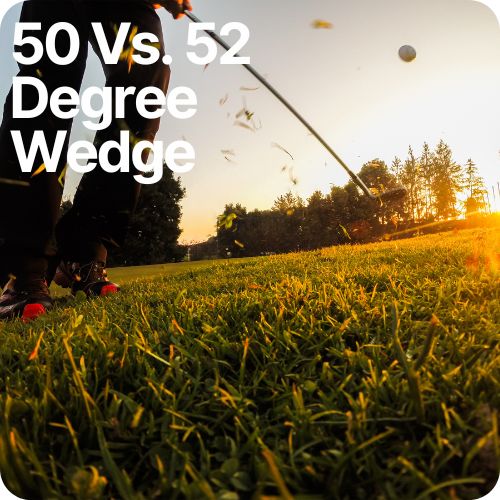
The advances in the design of wedges have changed the game of golf. Today, many golfers, pro and amateur alike, may find themselves with three or even four wedges in their bag.
Whether to choose a 50-degree or 52-degree wedge will depend on the wedge configuration as well as the level of skill.
The 50-degree and the 52-degree wedges are considered gap wedges. The main difference between the two wedges is the loft and distance each achieves. The 50 degree will cover more distance than the 52-degree wedge, but will have a slightly lower trajectory.
By exploring the differences between these typical wedge configurations, you may discover the wedge you should have in your golf bag. Check out this video on how to select your wedges.
What Are The Standard Wedge Configurations For 50 And 52 Degree Wedges?
Many golfers aren’t always sure whether to have a 50-degree or 52-degree wedge in the bag, and the solution is to look at the lofts of the wedges you have with your set.
Most golf sets like the Callaway Strata Set come with a pitching wedge and sand wedge. Depending on the lofts of these clubs, you can determine the loft of the gap wedge.
The 50-degree and 52-degree wedges are considered gap wedges, since they fill the loft gap between the pitching wedge and sand wedge.
The Loft Gap In The Wedge Set
As a rule, the loft difference between the pitching, gap, and sand wedge should be around 4-6 degrees maximum. Most often, this gap is only 4 degrees.
According to Golf Digest Writer Mike Stachura, spacing your wedges properly is important for your game.
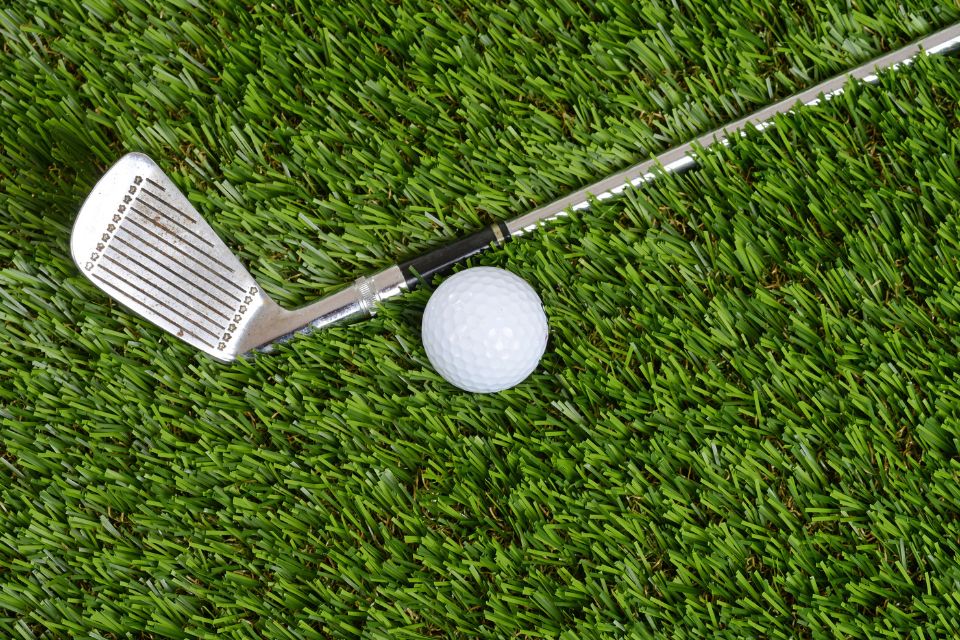
If you have a pitching wedge that is 48 degrees, your gap wedge should be 52 degrees with a 56-degree sand wedge.
If your pitching wedge has a lower loft of 44-46 degrees, your gap wedge would be 50 degrees with a sand wedge of 54-56 degrees.
This 4-degree loft difference is not a hard and fast rule, but it is a reliable method to create your wedge set so that you have the loft and distance options on the course.
One of the critical factors in creating your wedge configuration and whether you opt for a 50-degree or 52-degree wedge is knowing your approach game, your short game, and what kind of shots you prefer to hit.
For example, higher lofted wedges would be better if you prefer high trajectory shots that come down soft with a bit of roll-out.
At the same time, if you prefer more roll-out and lower trajectory, then the lower lofted wedges are a better option.
For your higher trajectory shots, the 48-52-56 degree wedge configuration would be the first choice, with the option for the 60-degree lob wedge.
In comparison, the lower trajectory shots would be better with the 46-50-54 degree set up with the 58-degree lob wedge as the fourth wedge option.
50 Vs. 52 Degree Wedge: Distance
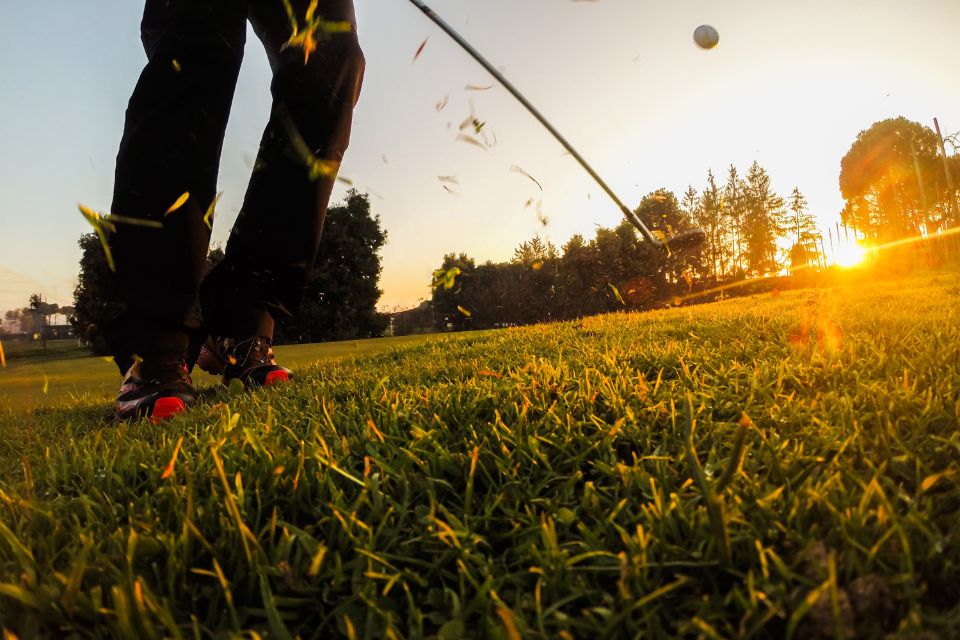
On average, the difference in distance between these two clubs is not significant, about 5 yards, with the 50-degree wedge averaging around 95-105 yards and the 52 degrees averaging between 85-95 yards, with averages around the 100-yard mark for the 52-degree wedge and 105 yards for the 50-degree wedge.
This doesn’t seem like an overly massive difference, but in the short game, being 5 yards closer to the pin is the difference between par and birdie!
Not only that, but your ability to play short pitches, chips, and flop shots confidently will add a greater dimension to your game, so having wedges that work for you is crucial.
Differences Around The Green

The wedges are the go-to clubs for shots around the green, and when you are considering a 50 or 52-degree wedge, you need to look at these shots as well.
Before the advent of the gap wedge, golfers only had the pitching wedge or sand wedge.
They would use the sand wedge for the more lofted shot with less run, and opt for the pitching wedge when needing a lower trajectory and more run.
Having a gap wedge for the short game around the green grants you greater versatility and creativity with those shots. Learning to use your gap wedges for this purpose is good fun and training in touch and feel.
But you do need to know your game.
While there will not be a big difference in the shot trajectory between the 50 and the 52-degree wedge, there will be enough to influence the choice of club used.
Contrasting Flop Shots
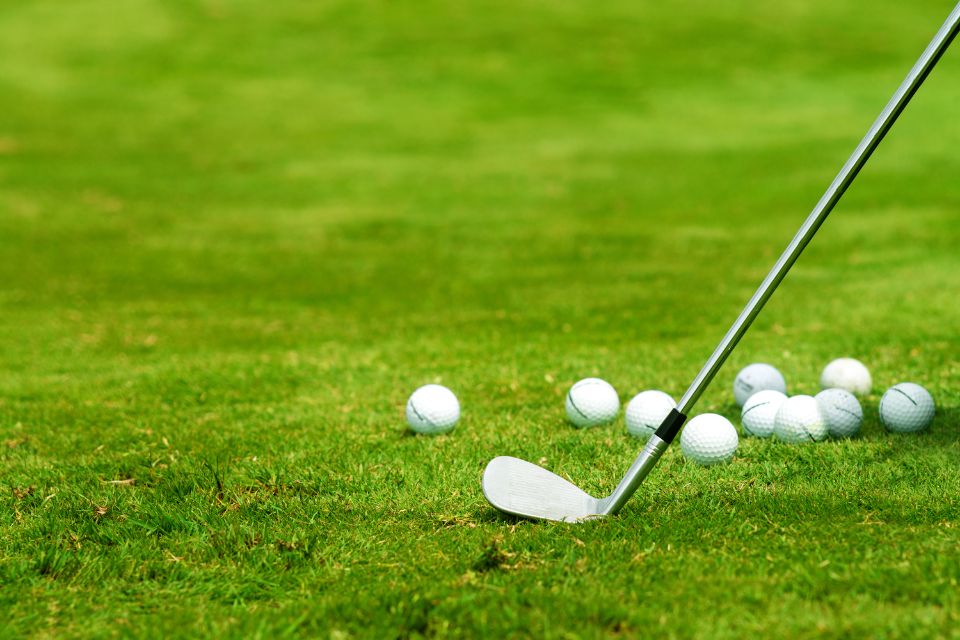
Another consideration: How much you can open the face to increase the loft for those ‘flop-style’ shots?
You would get a better result from a 52-degree with the face open than a 50-degree, but if you aren’t comfortable with a lower lofted wedge and the flop shot, you can always go with the 56, 58, or 60-degree option.
If you are a player that likes to hit the ‘bump-n-run’ shots, the 50-degree wedge would be better here as it would give you more control than the pitching wedge or 9-iron players often use to play those shots.
The 50 would provide some loft and more run while opening the face slightly would give a higher trajectory and less run, and the same could be applied to the 52-degree, but the 52 would have that slightly higher trajectory by default.
50 Vs. 52 Degree Wedge: Bounce

As with the loft, there will not be a massive difference in the bounce between the 50-degree and 52-degree wedges; the 50-degree bounce is between 5-8 degrees, and the 52-degree is about 8-10 degrees.
The 50-degree wedge will perform that little bit better from the rough as it will cut through grass slightly better than the 52, but for the weekend players, this will not be noticeable.
Both clubs will cut through grass better than a sand wedge or lob wedge.
Wedge bounce is often indicated on the club for reference, especially with the better quality wedges in the market.
50 Vs. 52 Degree Wedge In The Sand
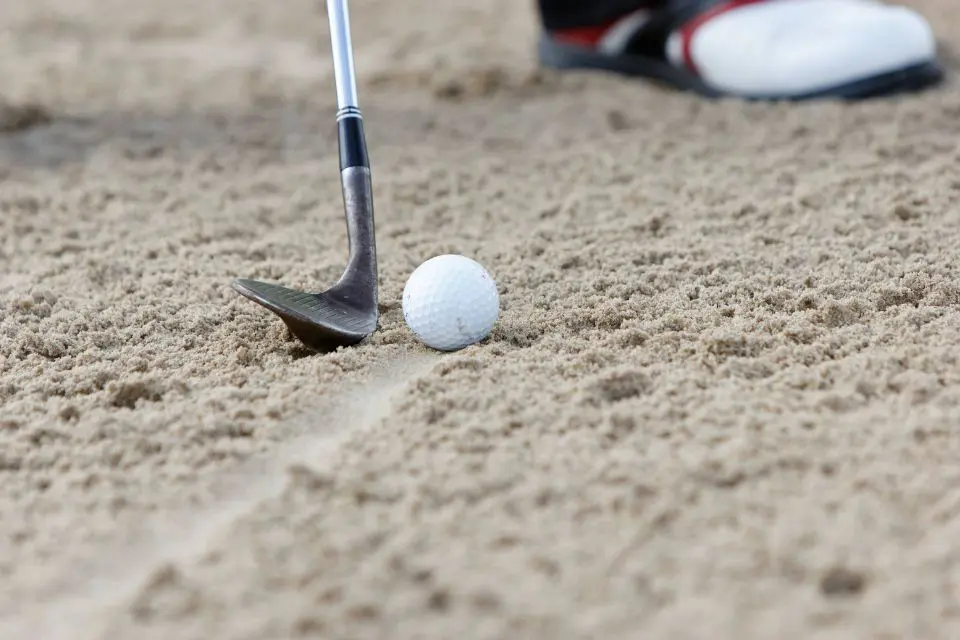
Playing from the sand, the 50-degree and 52-degree will give you more distance out of the bunker, so you don’t need to overswing on the sand wedge for long bunker shots.
If you don’t hit a lot of bunkers or are generally good with the sand wedge, then using the gap wedges will add a new dimension to your bunker play, primarily if you use the 52 degree, which is closer to the 56-degree loft of the sand wedge.
Using either of these clubs will offer you greater shot flexibility and shot options from the sand, and while you will need to put some time in to get used to them, the benefits on the course will be undeniable.
Choosing the 50 Degree Wedge or the 52 Degree Wedge

Before choosing any of these clubs, look at your wedges and their lofts. Remember, you don’t want more than a 4-6 degree gap between them, and 4 degrees is the ideal option.
If you have a pitching wedge between 44 and 46 degrees, the 50-degree wedge would be better to cover the gap.
If your pitching wedge is 48 degrees, then the 52-degree wedge would be better, and you can always add the fourth wedge if you need more options on the short game.
You also need to factor in whether you will add the lob wedge or not, since this will affect the choice of lofts in the wedge set you use.
Renowned teacher and coach Butch Harmon suggest that no mid-high handicap player should have a lob wedge of more than 58 degrees. So if you fall into that skill level of golfer and want to add a 58-degree wedge, your choice of loft on the sand wedge would determine your choice of gap wedge.
If you stick with the 56-degree default loft on the sand wedge, you can still add the 52-degree gap wedge, but if you opt for the lower 54-degree sand wedge, then the 50-degree gap wedge would be the option.
If you are not going to add the lob wedge at this stage, start by looking at your pitching wedge loft and then work your way up to the gap wedge and sand wedge. Just keep that 4-degree gap between them.
Full Range Testing
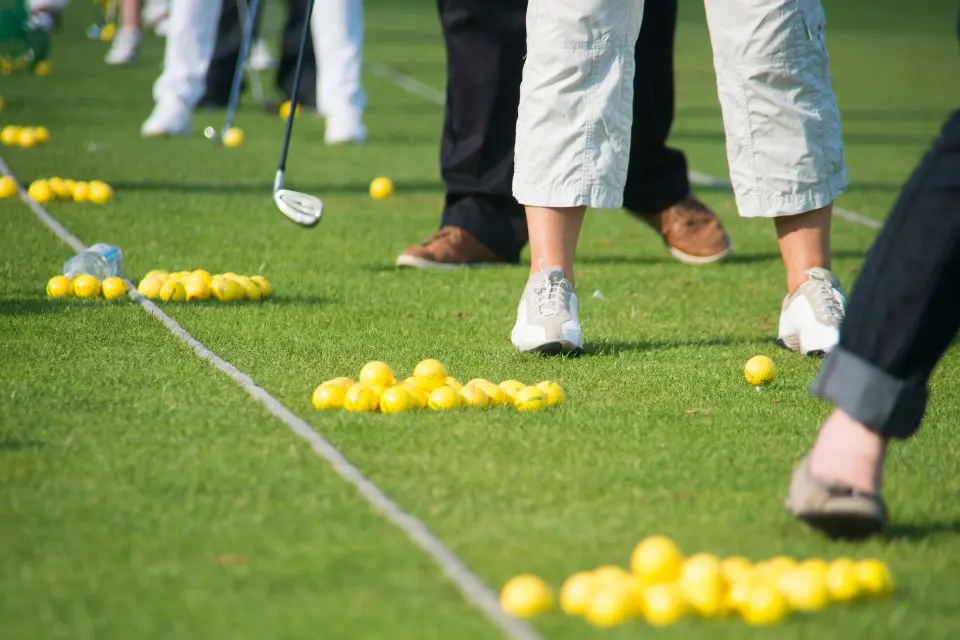
Aside from the technical elements of the clubs, before committing to either club, take them to the range and test them out.
This will provide you with the most accurate indicator of which works better for your game. If you can, take a few different brands since you may find that you swing one brand better than another.
Warm up and use a range with short-range target greens or reasonably accurate distance markers.
Remember, unlike the longer clubs, these gap wedges would often be used on approach from 120-100 yards out, so you need to be accurate with them.
Play some full-swing shots and then move to three-quarter and half swings; play some shots from around the chipping green to see which performs better in your game, and don’t forget to hit out of the bunker as well.
You must perform proper diligence before buying since these clubs will impact your ability to get the ball close to the pin from that 100-yard range and closer.
Wedge Options to Consider
Cleveland, Callaway and TaylorMade are three well known and respected brands that offer wedges for men and women with 50.0°/52.0° loft options.

Cleveland Mens CBX 4 ZipCore Wedge
Hand: Right Hand Left Hand
Loft: 48.0°/50.0°/52.0°/54.0°/56.0°/58.0°/60.0°
Wedge Bounce: 12.0°/14.0°
Shaft: KBS Hi-Rev 2.0 115 SteelUST Mamiya Recoil Dart 80 Graphite
Cleveland Women’s CBX ZipCore Wedge
Hand: Right Hand
Loft: 52.0°/60.0°
Wedge Bounce: 10.0°/11.0°
Shaft: Cleveland Action UltraLite 50 Graphite
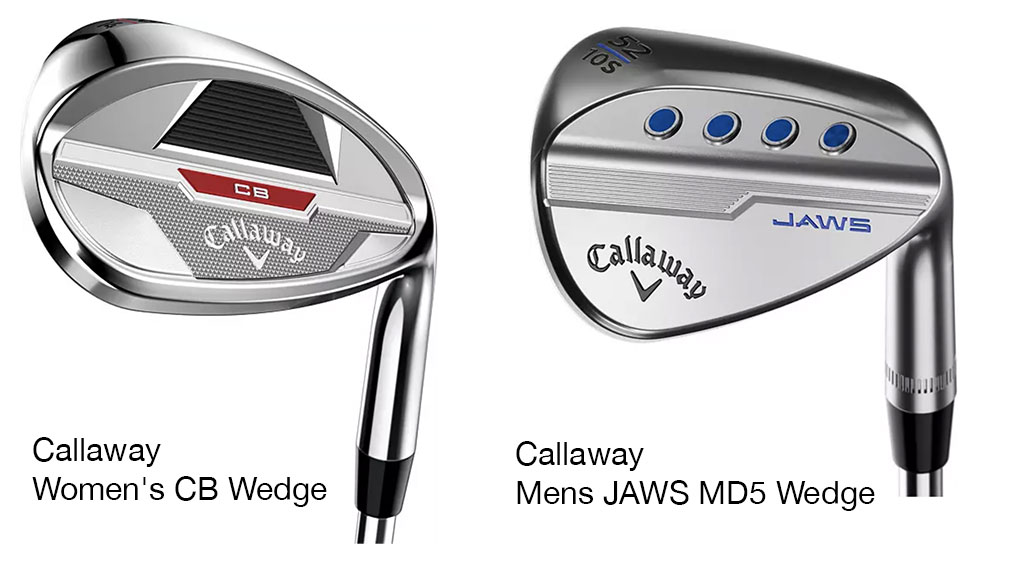
Callaway Women’s CB Wedge
Hand: Right Hand
Loft: 52.0°/56.0°/60.0°
Wedge Bounce: 12.0°/14.0°
Wedge Grind/Sole: Full
Shaft: UST Mamiya Recoil F1 Wedge 50 Graphite
Callaway Mens JAWS MD5 Wedge
Hand: Right Hand / Left Hand
Loft: 50.0°/52.0°/54.0°/56.0°/58.0°/60.0°
Wedge Bounce: 10.0°/ 12.0°
Wedge Grind/Sole: SW
Shaft: Callaway Impact Steel
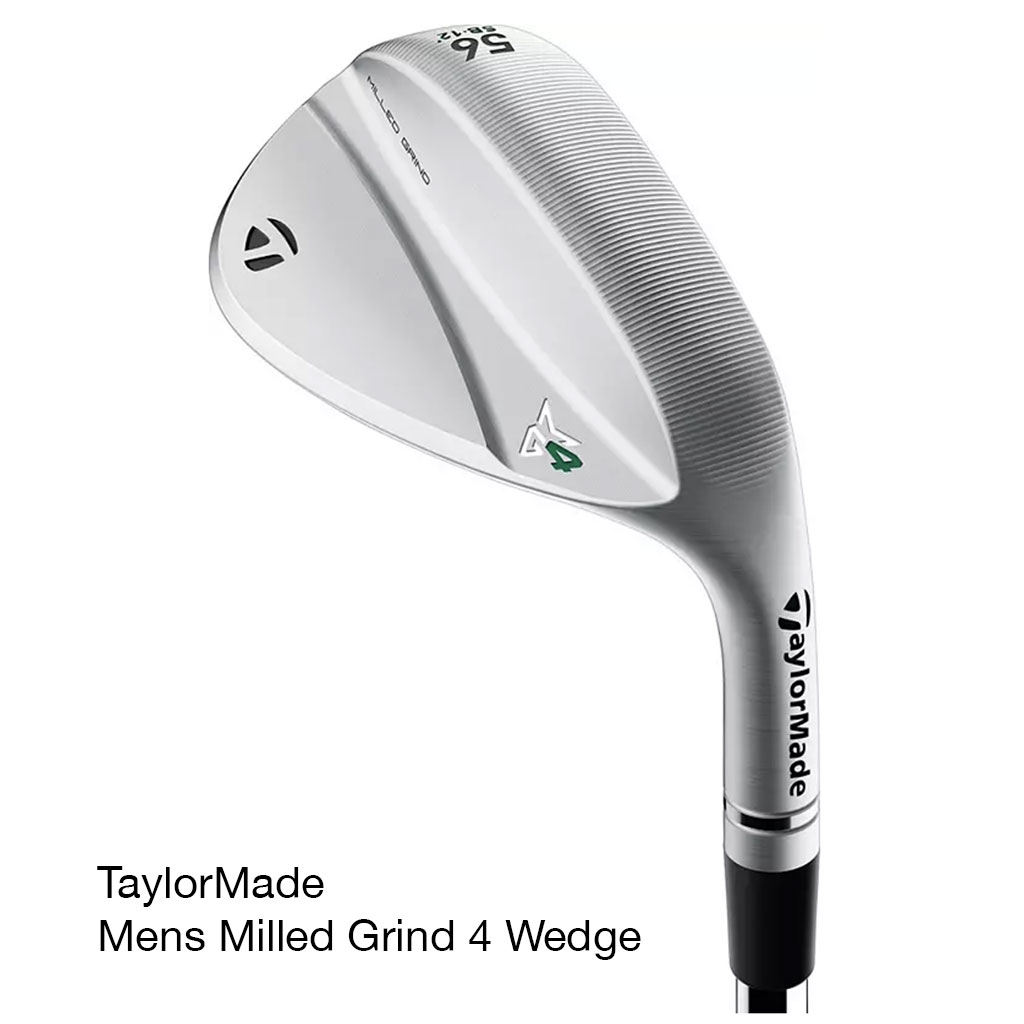
TaylorMade Milled Grind 4 Wedge – also has a customize option
Hand: Right Hand | Left Hand
Loft: 48.0°/50.0°/52.0°/54.0°/56.0°/58.0°/60.0°/62.0°
Wedge Bounce: 8.0°/10.0°/12.0°
Wedge Grind/Sole: C S W X Z
Shaft: Project X Catalyst GraphiteTrue / Temper Dynamic Gold Spinner Steel
Recap
In short, the 50-degree will give you more distance and lower trajectory, while the 52-degree will provide you with a little more spin and less roll-out.
It is up to you to determine which wedge will be better suited to your game. Ultimately, you need to choose the wedge you feel the most confident with, so when you step up to hit that shot, you can swing with total confidence.






